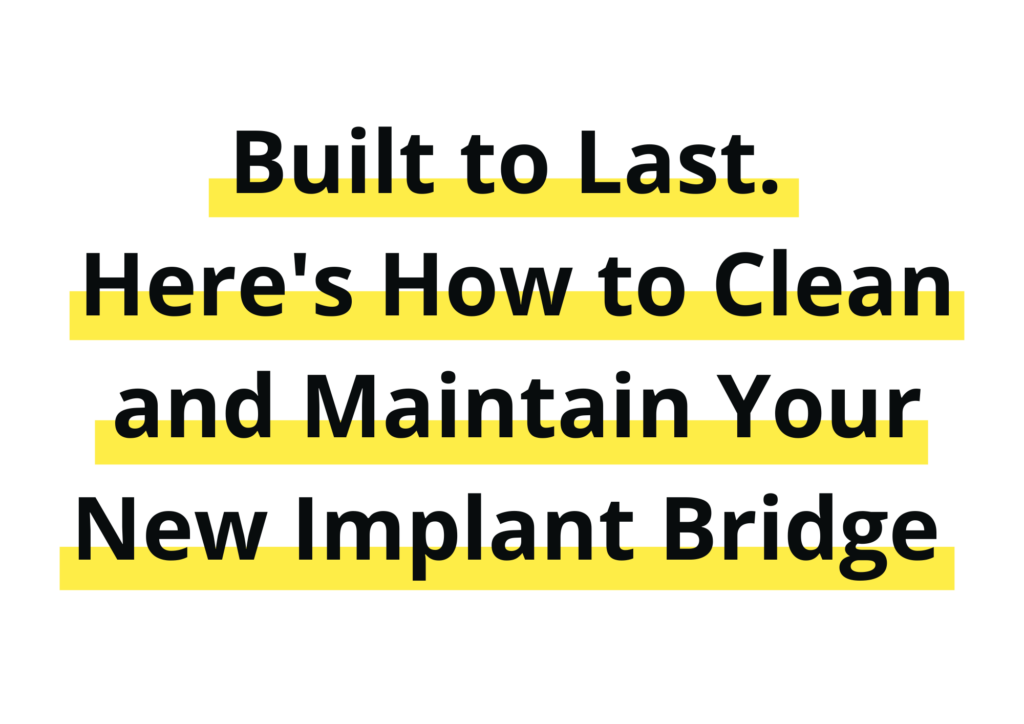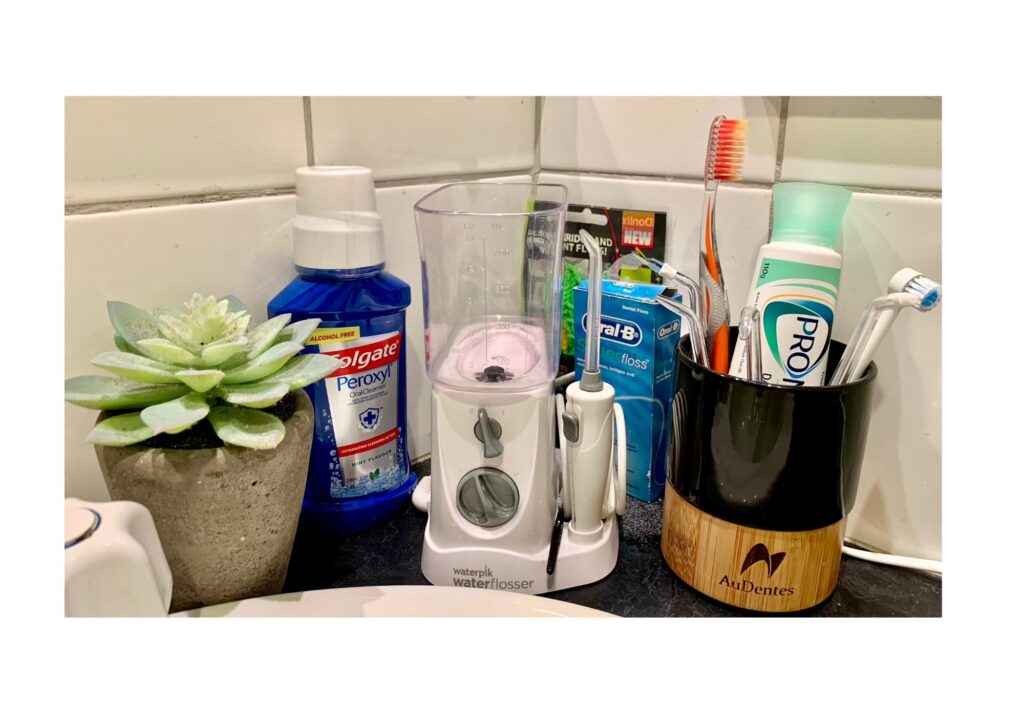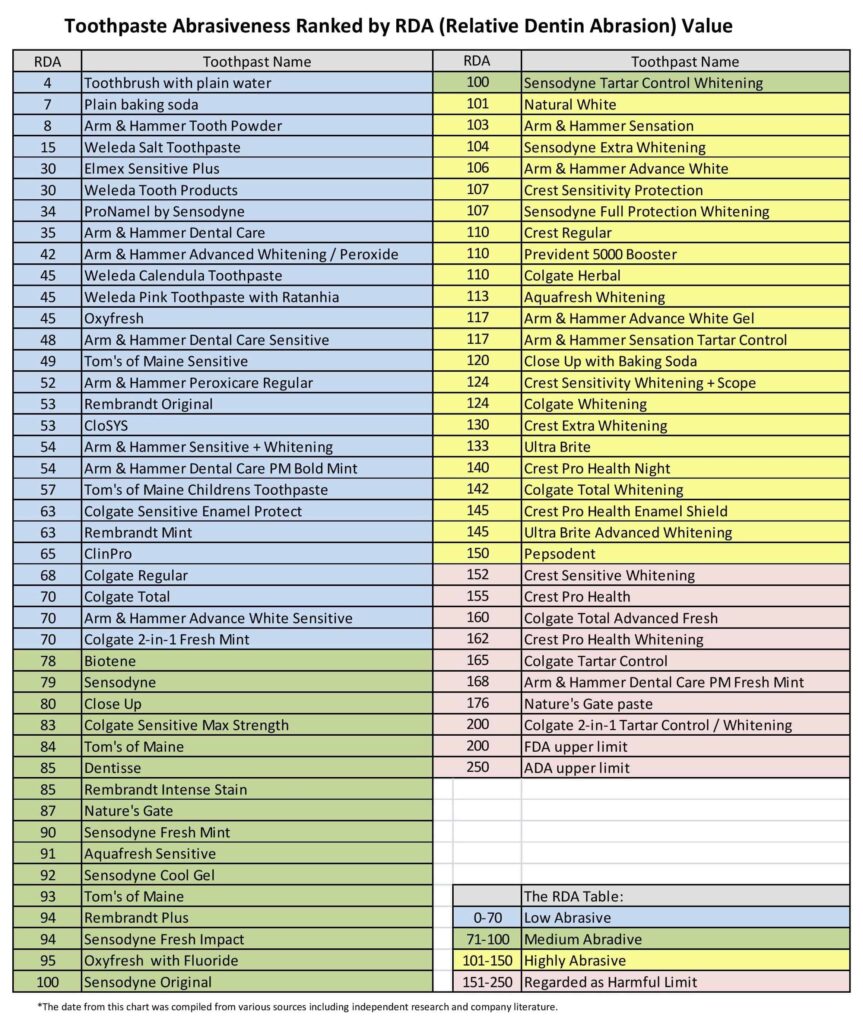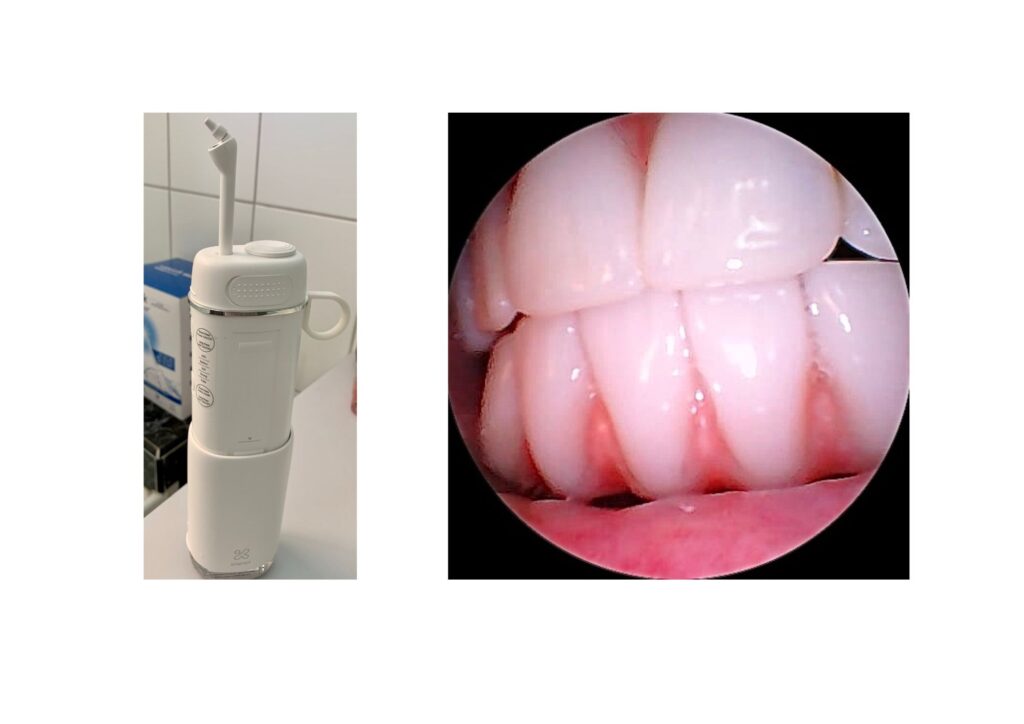

By Leanne.
Share article:
This may be the most important topic of all.
Whether you’re in your 30’s or 80’s, you want your new All at Once® bridges & implants to last. So, let’s talk about cleaning. Hygiene, it’s hard to spell, but it doesn’t have to be hard to maintain.
There is no dodging this topic. You will need to clean your ‘teeth’ at least twice a day. No ifs or buts. Set aside 10 minutes in the morning and ten at night to maintain your routine cleaning schedule. To make life easier, claim a space in the bathroom and set that area up as your own. This will help you keep on track as you don’t want to set up and unpack your hygiene equipment every time you want to use it.

Think like Sir Winston Churchill…

Ironically, he wore partial dentures after losing many of his front teeth in his 20s and always carried a spare set with him. He also had his dentist on speed dial.
- Genetics
- Trauma
- Poor oral hygiene
- Gum disease
- Illness/treatment
- Smoking
- Drug use
- Pregnancy
Now, implant bridges will wear down over time and may need to be replaced. They typically last between 5 to 15 years, with longevity depending on what material the bridge is made of (acrylic, nano-ceramic or zirconia); however, you can slow the process down by following a few steps.
Online shopping is one of the easiest ways to buy and replace your dental products, often more economically than in the supermarket or pharmacy. Just like soap, shampoo, and other personal items, look for recommended products that are safe for use and buy the products that appeal to you.
- Toothbrushes: Ultra soft to soft, change them often (every 3-4 months)
- Toothpaste: Look for low abrasive. Check your paste against the ADA abrasion scale.
- Mouthwashes: Preferably alcohol-free. Use prescribed Chlorhexidine-based products as instructed. Beware that long-term use can cause staining.
- Floss: Implant dental floss ‘is a thing’. Superfloss by Oral-B and X-floss by iDontix are great examples of dental floss designed specifically for implant bridges.
- Water flossers: A large tank capacity is best. Portable units are good but need regular refills for a complete clean. They are great for travel, though. The Waterpik brand is an excellent place to start.
- Rinsing after meals or swishing with water: if you’re not home and can’t water floss, this practice will help dislodge or remove any food particles that can get stuck between the bridge and your gums.
- Saltwater rinses: If you’ve run out of mouthwash or your gums are feeling a little sore or inflamed, do saltwater rinses for a couple of days; they really help. Consult your dental practitioner if symptoms persist.

I love my All at Once® implant bridges, and I love to keep them clean. I’m always on the lookout for innovative products. I’ve recently purchased a Water Flosser with a camera in the tip that records as you clean.

The implants themselves, however, are permanent. So you must look after them.
Peri-implantitis is a destructive inflammatory process affecting the soft and hard tissues surrounding dental implants. It is caused by plaque build-up, poorly controlled diabetes or osteoporosis, smoking, bruxism (grinding), and poor oral hygiene.
Peri-implantitis causes bone loss and may cause your implants to fail.

You can reduce plaque build-up by developing good cleaning habits, as above, and attending your scheduled annual or twice-yearly hygiene appointments.

Disclaimer: The information provided on this platform, including text, graphics, and images, is intended for general informational purposes only. It is not a substitute for professional dental advice, diagnosis, or treatment. For specific dental concerns, it is crucial to consult with a qualified dental practitioner. They will be able to assess your individual circumstances, provide accurate diagnoses, and offer appropriate treatment options tailored to your specific needs
Print article:
Share article:
Subscribe To Leanne's Blog
Ready for your new smile?


